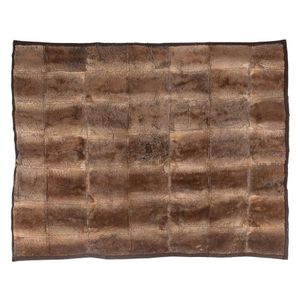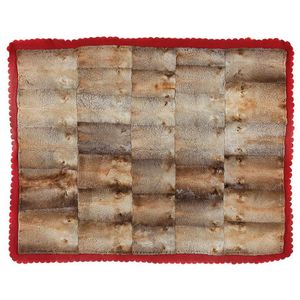
Antique Platypus Skin Rug from Tasmania
An Australian 49 pelt platypus skin rug. 132 x 155 cm. This rug was acquired by the vendor from John Bovill, now deceased, in 1997. The rug had been in Mr Bovill's family, residents of Tasmania, since the pelts were collected in the late 19th and early…

Antique Platypus Rug from Northern NSW, circa 1900
An early Australian platypus rug of 56 pelts, the animals taken from the Namoi River at Manilla, Northern New South Wales, circa 1900, overall 183 x 162 cm, the pelts backed on brown felt

Antique Platypus Rug, 19th Century
An early Australian platypus rug, 19th century, 32 pelts, 125 cm x 95 cm pelts, 134 cm x 104 cm felt

 Loading more...
Loading more...